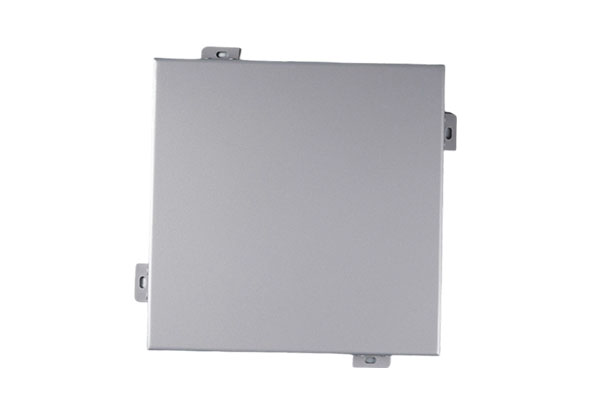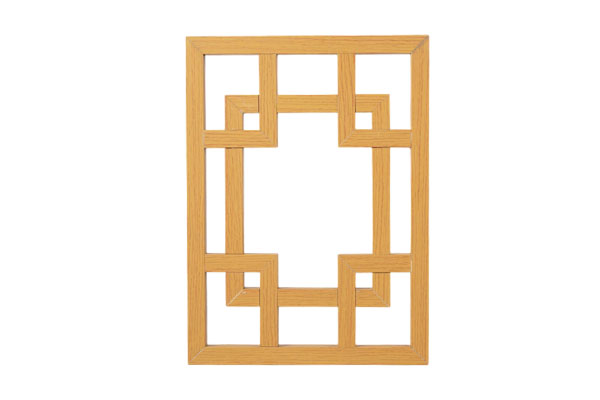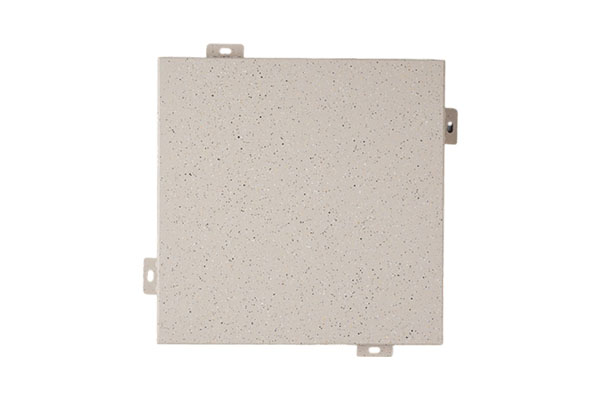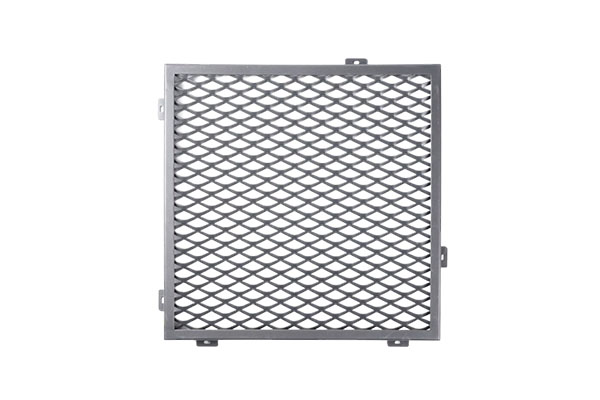How can imitation wood grain aluminum veneer break through tradition and adapt to multiple architectural styles?
Release Time : 2025-02-13
In the long history of the development of building decoration materials, imitation wood grain aluminum veneer has emerged as a new force, breaking the limitations of traditional materials and becoming a "versatile" that adapts to multiple architectural styles.
From the perspective of material properties, imitation wood grain aluminum veneer bids farewell to the disadvantages of traditional wood materials that are easy to decay, deform, and be eaten by insects. The aluminum plate itself has the characteristics of high strength and light weight, and can maintain stable physical properties even if it is exposed to complex outdoor environments for a long time. The imitation wood grain treatment on its surface realistically restores the texture and texture of wood through advanced thermal transfer, fluorocarbon spraying and other processes, allowing people to enjoy the natural beauty of wood without worrying about its maintenance problems, providing a solid and reliable foundation for the shaping of architectural styles.
In terms of design innovation, imitation wood grain aluminum veneer gives designers unlimited creative space. Traditional wood materials are relatively limited in shape, while aluminum veneers can be made into various complex shapes through laser cutting, bending, welding and other processing methods. For example, in Chinese-style buildings, it can be made into exquisite carved window lattices, with delicate wood grains and simple shapes, perfectly interpreting the elegant charm of Chinese style; in modern minimalist-style buildings, the simple and smooth lines of imitation wood grain aluminum veneer are integrated with glass, metal and other elements to create a stylish and natural space atmosphere.
From the actual application cases, imitation wood grain aluminum veneer shows unique charm in different architectural styles. In cultural and tourism projects, it is often used to create antique buildings with local characteristics, such as archways and pavilions in ancient towns. The realistic wood grain effect makes the building complement the surrounding environment and reproduce the charm of history; in commercial complexes, the facades or indoor ceilings decorated with imitation wood grain aluminum veneer inject warmth and vitality into the cold commercial space and attract the attention of consumers; in residential areas, the balconies, corridors and other areas decorated by it create a warm and comfortable living environment for residents and improve the quality of life.
With its excellent material properties, innovative design concepts and wide application possibilities, imitation wood grain aluminum veneer has successfully broken through the constraints of traditional materials, found its own foothold in diverse architectural styles, and become one of the indispensable materials for modern architectural decoration, driving the continuous development of architectural aesthetics.
From the perspective of material properties, imitation wood grain aluminum veneer bids farewell to the disadvantages of traditional wood materials that are easy to decay, deform, and be eaten by insects. The aluminum plate itself has the characteristics of high strength and light weight, and can maintain stable physical properties even if it is exposed to complex outdoor environments for a long time. The imitation wood grain treatment on its surface realistically restores the texture and texture of wood through advanced thermal transfer, fluorocarbon spraying and other processes, allowing people to enjoy the natural beauty of wood without worrying about its maintenance problems, providing a solid and reliable foundation for the shaping of architectural styles.
In terms of design innovation, imitation wood grain aluminum veneer gives designers unlimited creative space. Traditional wood materials are relatively limited in shape, while aluminum veneers can be made into various complex shapes through laser cutting, bending, welding and other processing methods. For example, in Chinese-style buildings, it can be made into exquisite carved window lattices, with delicate wood grains and simple shapes, perfectly interpreting the elegant charm of Chinese style; in modern minimalist-style buildings, the simple and smooth lines of imitation wood grain aluminum veneer are integrated with glass, metal and other elements to create a stylish and natural space atmosphere.
From the actual application cases, imitation wood grain aluminum veneer shows unique charm in different architectural styles. In cultural and tourism projects, it is often used to create antique buildings with local characteristics, such as archways and pavilions in ancient towns. The realistic wood grain effect makes the building complement the surrounding environment and reproduce the charm of history; in commercial complexes, the facades or indoor ceilings decorated with imitation wood grain aluminum veneer inject warmth and vitality into the cold commercial space and attract the attention of consumers; in residential areas, the balconies, corridors and other areas decorated by it create a warm and comfortable living environment for residents and improve the quality of life.
With its excellent material properties, innovative design concepts and wide application possibilities, imitation wood grain aluminum veneer has successfully broken through the constraints of traditional materials, found its own foothold in diverse architectural styles, and become one of the indispensable materials for modern architectural decoration, driving the continuous development of architectural aesthetics.







